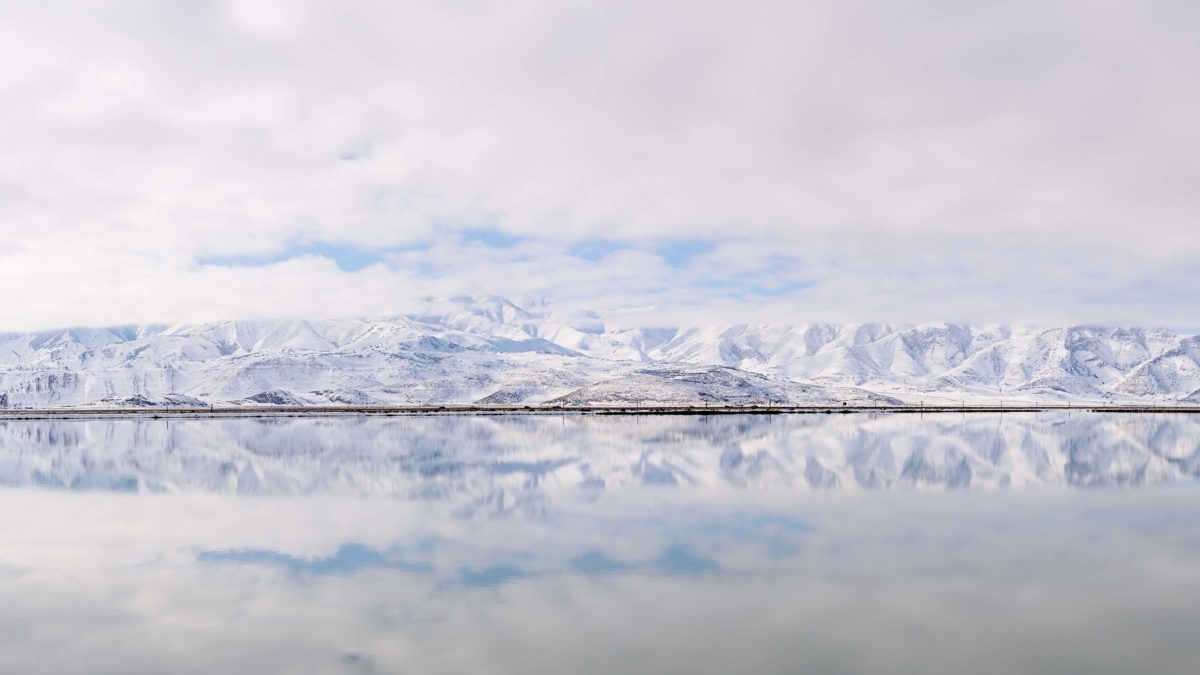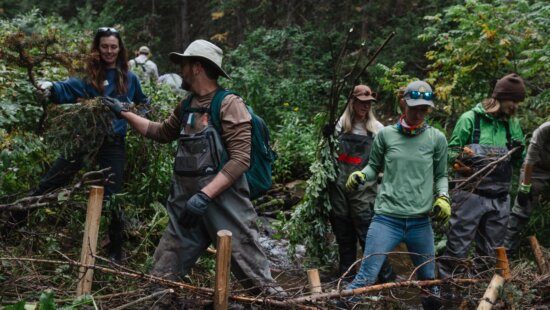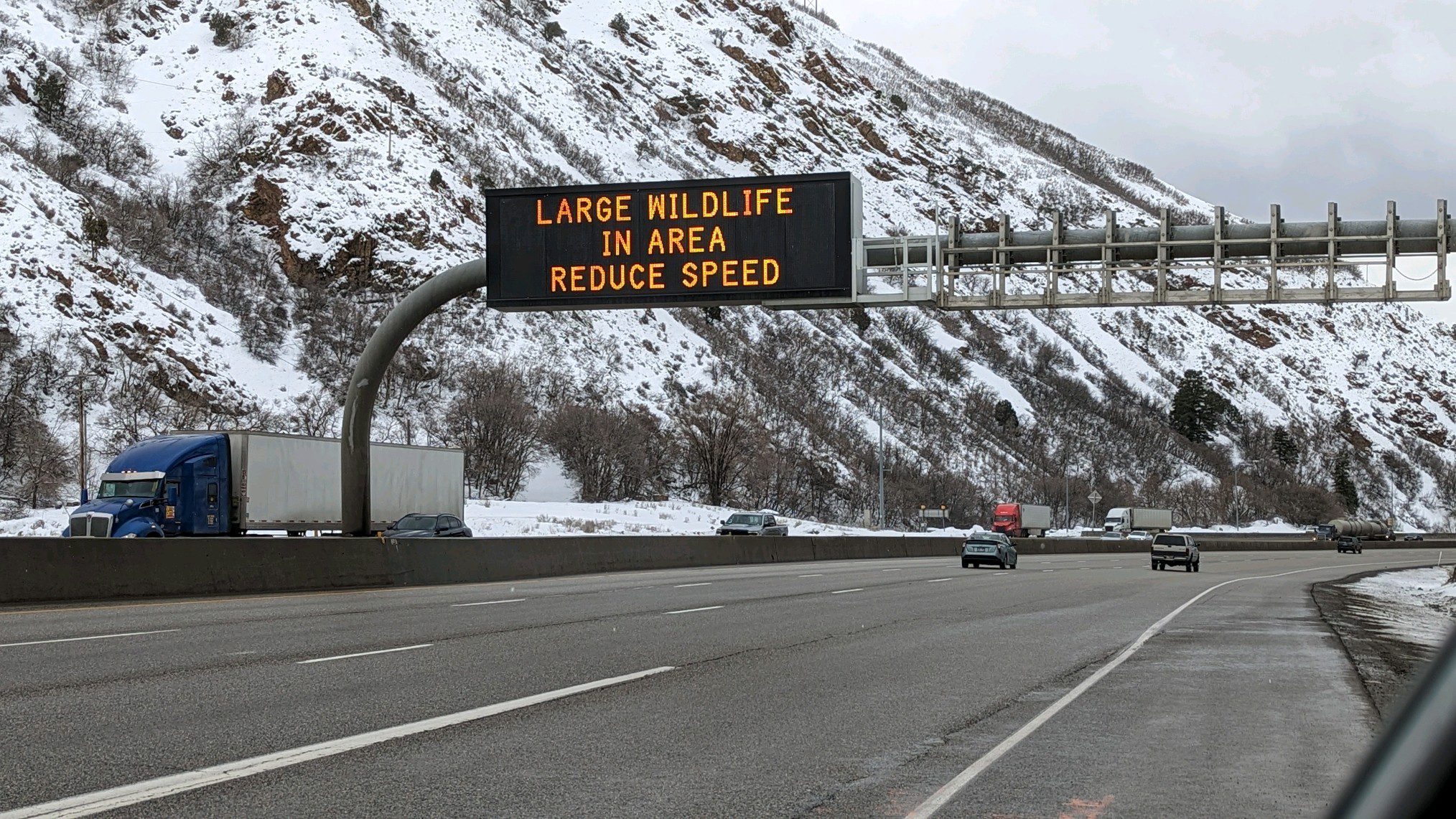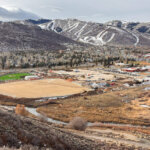Community
Utah water conditions highlight mixed outlook amid early winter

Western mountains reflection at Great Salt Lake near Stansbury Island. Photo: TownLift // Kevin Cody
SALT LAKE CITY, Utah— Utah’s water conditions as of late November present a mix of concerns and optimism, with soil moisture levels approximately 9% below average, according to the Utah Division of Water Resources. The deficit raises questions about the potential effects on next year’s spring runoff, as dry soils could absorb more snowmelt before it reaches reservoirs and streams.
“Winter weather is just starting, so there’s still time for things to turn around,” said Candice Hasenyager, director of the Division of Water Resources. “Our snowpack is critical for our water supply. With this uncertainty, we must be mindful of how much water we use.”
Recent precipitation has improved soil moisture at shallow levels, but deeper layers remain drier than usual. Experts note that significant winter storms could improve soil moisture and create a more favorable spring runoff.
Despite concerns about soil conditions, reservoir storage levels remain encouraging. Statewide, reservoirs are 74% full, well above the historical average of 54%. According to Hasenyager, these levels provide a stable foundation for Utah’s water supply in the coming months.
“Reservoir storage is above normal, which bodes well for next spring’s water supply,” Hasenyager said. “These conditions are encouraging as we look toward the months ahead. Let’s keep water in our reservoirs and remember to dial back our water use whenever possible.”
Since its May peak, the south arm of the Great Salt Lake has seen a seasonal drop of nearly three feet, slightly exceeding the typical annual fluctuation of 2.5 feet. Officials say this change is attributed to evaporation and water flow to the lake’s north arm.
Approximately 95% of Utah’s water supply comes from snowpack, making its preservation critical for dry summer months and drought years. To support sustainable water use, the Utah Department of Natural Resources continues to promote initiatives such as the Agricultural Water Optimization Program for farmers and the residential-focused Slow the Flow campaign. These efforts aim to educate and encourage water-saving practices, helping Utahns prepare for uncertain future conditions.
For more information, visit the Utah Department of Natural Resources at dnr.utah.gov.




















